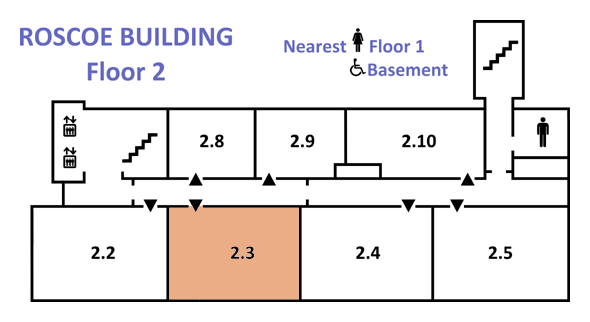
|
iCHSTM 2013 Programme • Version 5.3.6, 27 July 2013 • ONLINE (includes late changes)
Index | Paper sessions timetable | Lunch and evening timetable | Main site |

|
iCHSTM 2013 Programme • Version 5.3.6, 27 July 2013 • ONLINE (includes late changes)
Index | Paper sessions timetable | Lunch and evening timetable | Main site |
Global access to information poses a series of problems to researchers in the history of science, technology and medicine (HSTM). In particular, the lack of an adequate system of classification of the sources needed for research makes this situation even more complex. The traditional division of the sciences into the modern areas leads to severe distortions and anachronism. Full fields of knowledge predating modernity cannot find a place in the available classifications.
A similar process occurred at the very inception of modern science, when the older order of knowledge was replaced by a project that sought to make the new knowledge available in a complete and organised manner to the ever-increasing number of potentially interested users. The “tree of knowledge” was thoroughly revised and many attempts were made at redesigning it. Branches that had lost their original function still remained in their traditional location, whereas branches considered secondary up to that moment came to the foreground as a function of their hybrid nature, and fully novel and incipient branches burst out everywhere, but more particularly on top of or from within the traditional ones, which lent them body and structure.
Modern reorganisation of knowledge was expectably chaotic, and extended well into the 19th century, when modern specialisation acquired its current contours. However, change did not only required time, but also new syntaxes able to reflect the new modes of thinking and communicating in science. The reformulation of notions, and thus also of language played a crucial role for the new science to follow specific and specialised paths.
The aim of the present symposium is to discuss the classification of sources for the history of science in order to contribute to the construction of searching tools better attuned to the needs of scholars in the 21st century on a multidisciplinary basis. For this purpose, significant attention will also be paid to the particular problem posed by the so-called “primary sources” whose place in modern classifications (“trees of knowledge”) is difficult to establish.

